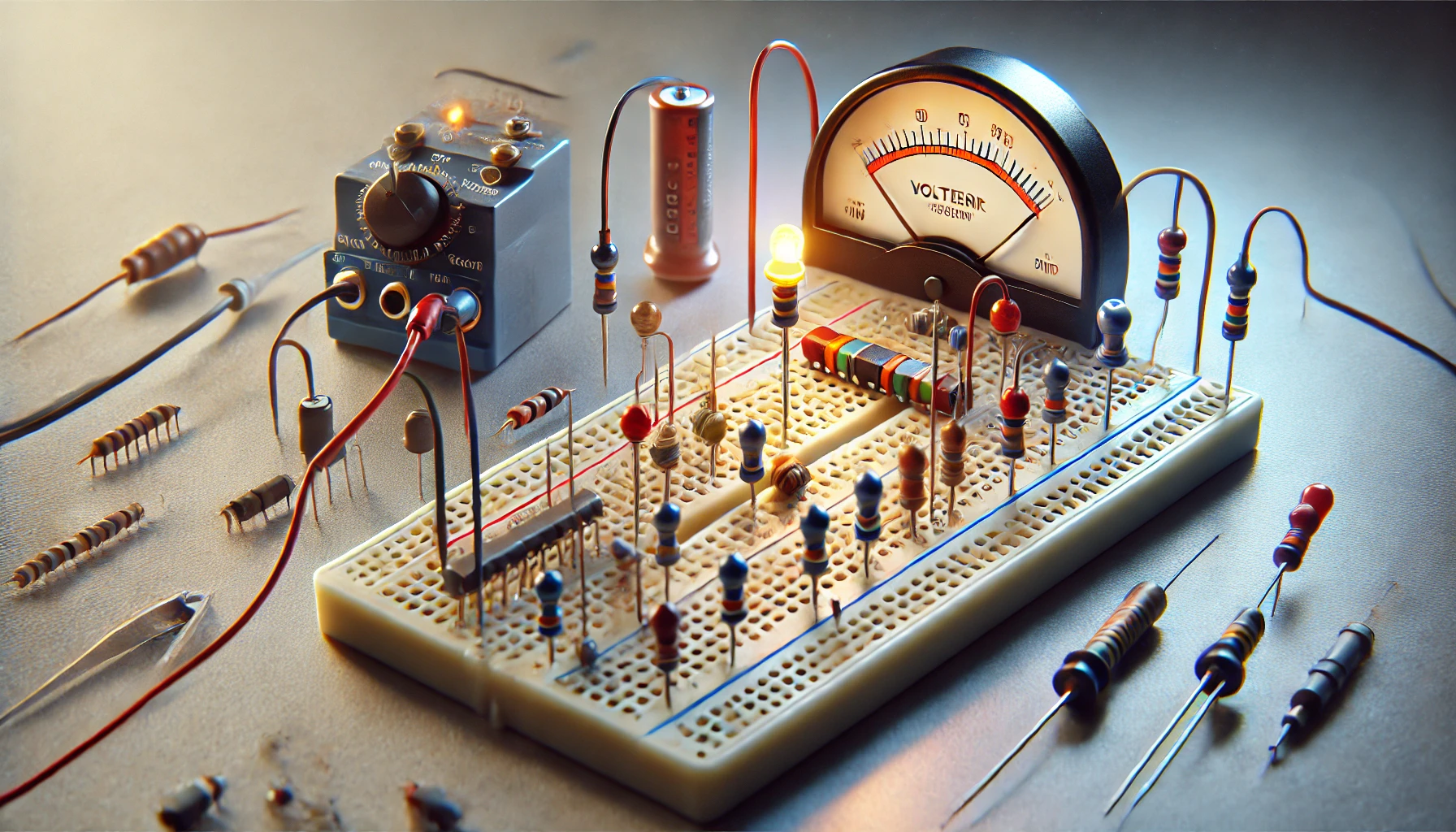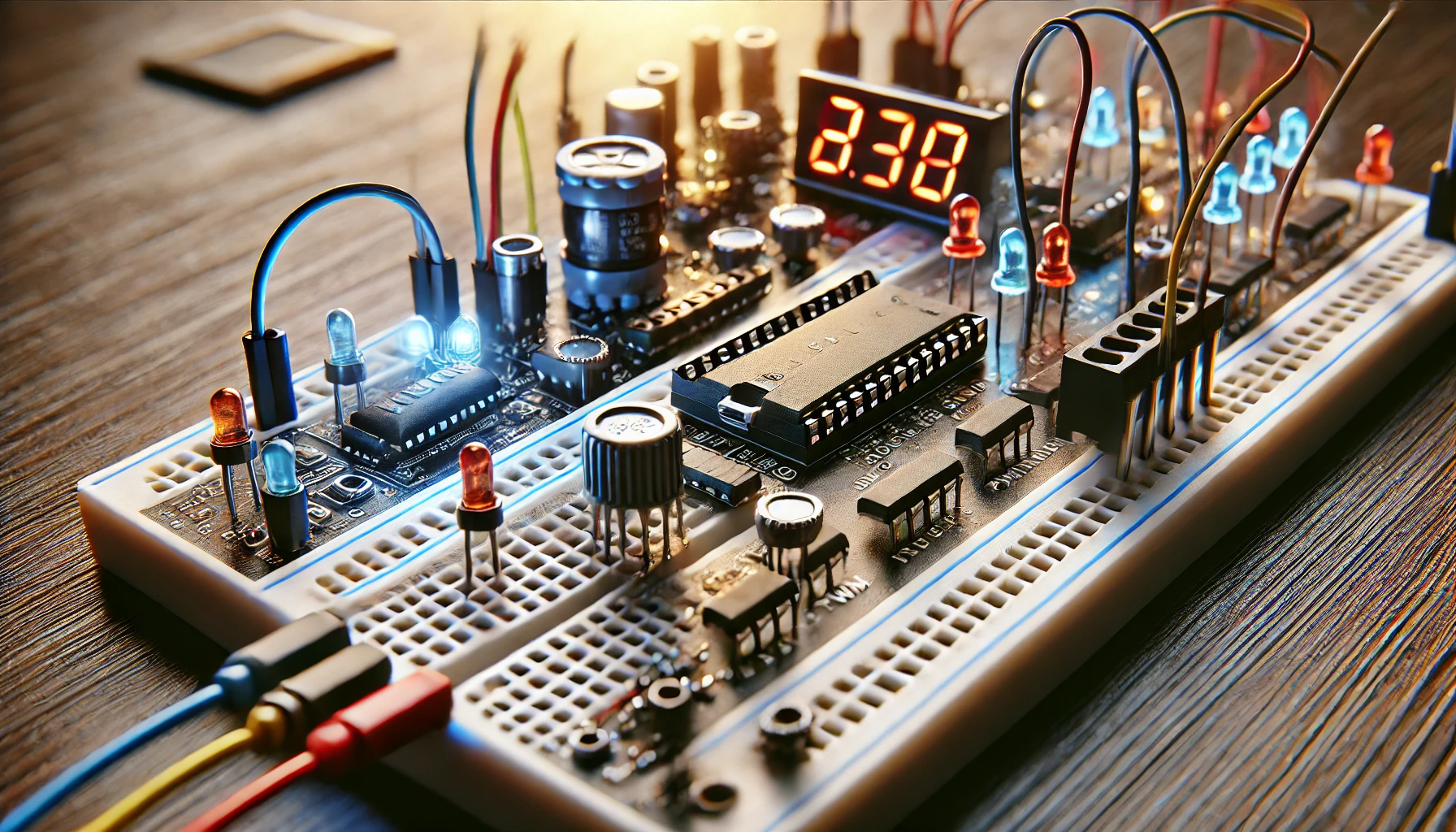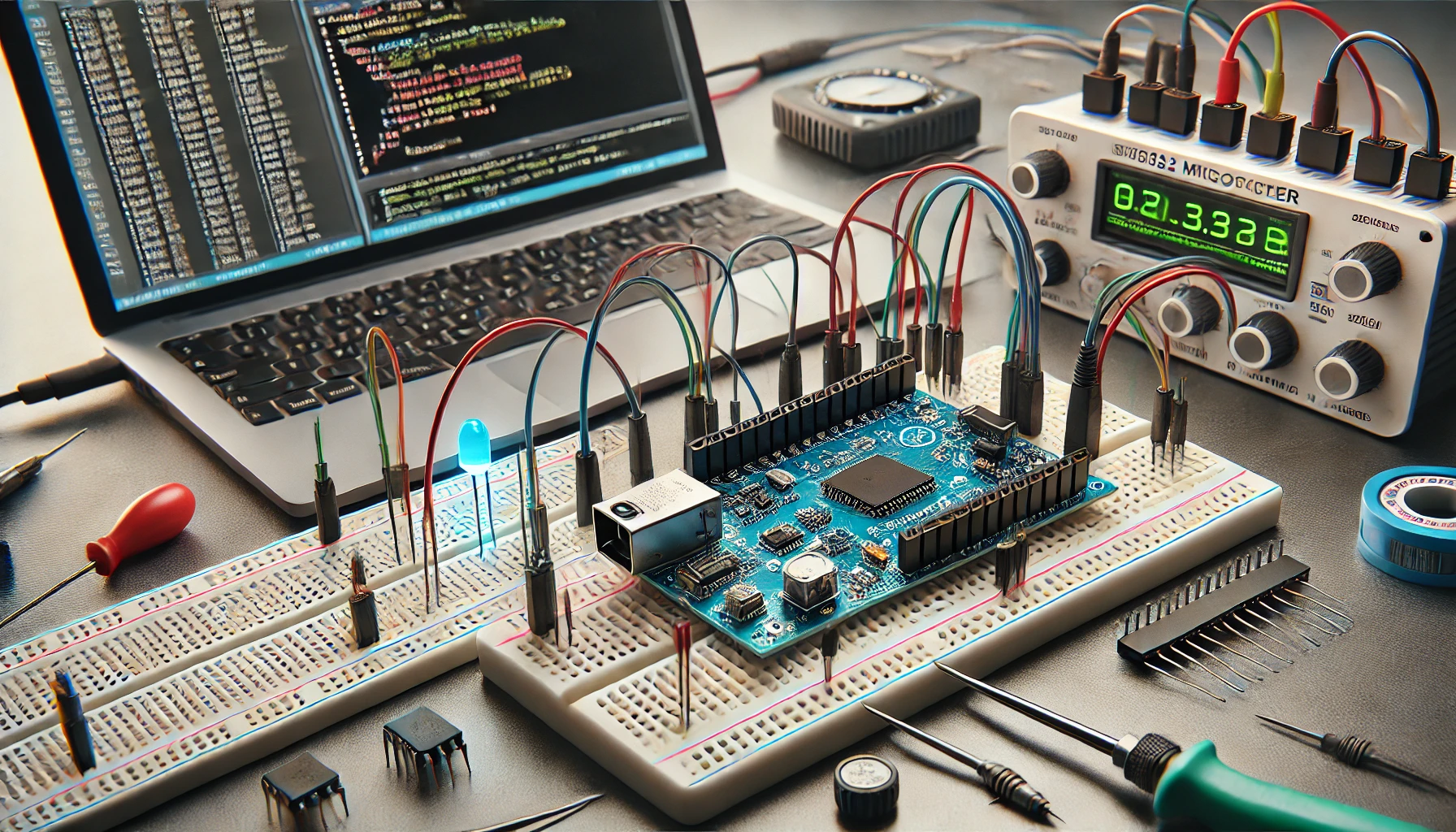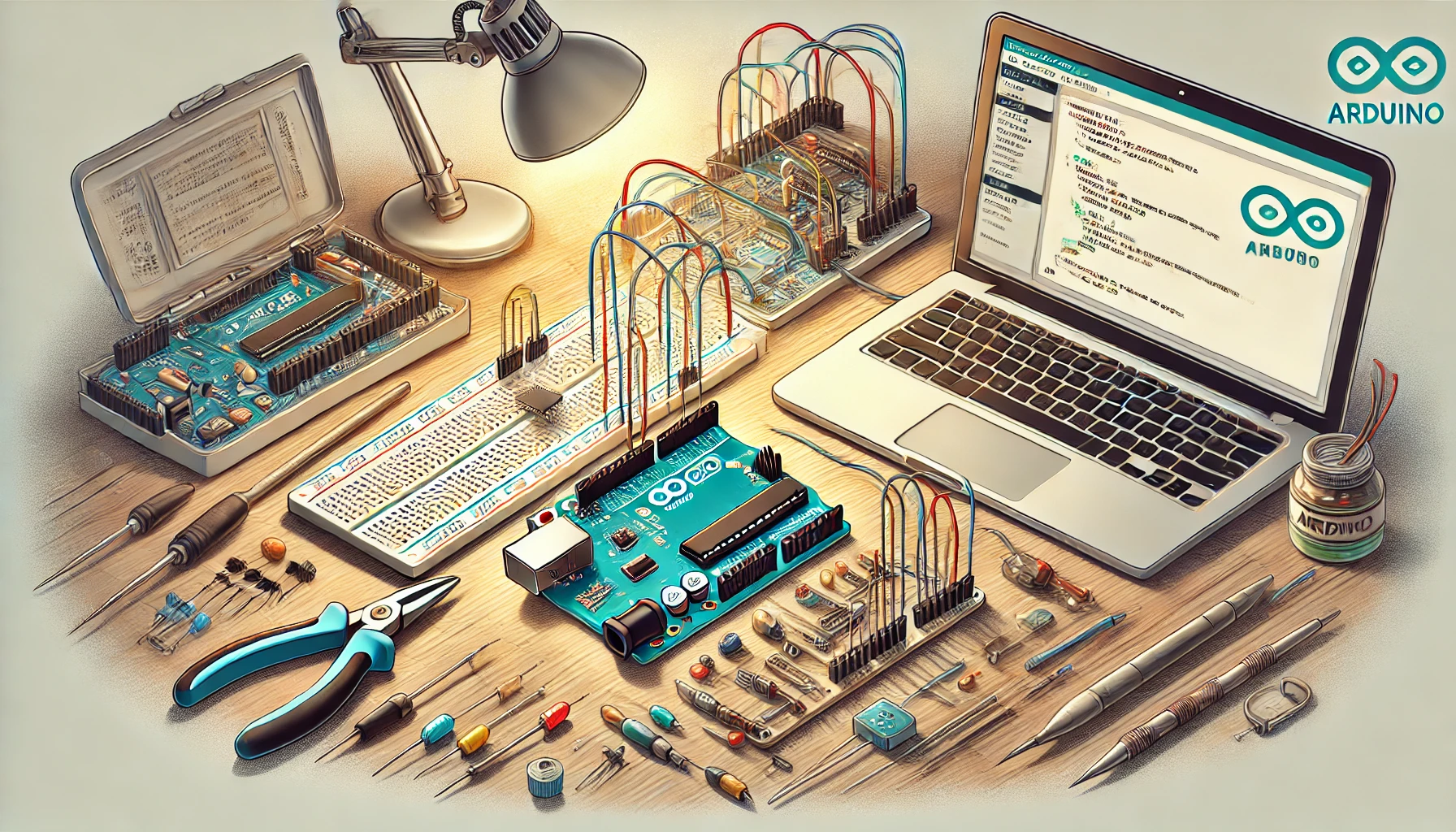
Voltage vs Current Key Differences, Definitions, and Practical Examples , In the realm of electrical engineering and everyday electronics, two essential concepts are voltage and current. Though they work in tandem to make electric circuits function, their characteristics, roles, and effects in circuits are distinct. Let’s delve into these terms in a way that not only explains their definitions but also sheds light on their real-world implications and how understanding them can impact our use of electronic devices.
What is Voltage?
Voltage, often denoted by V, is essentially the electrical potential difference between two points in a circuit. Think of voltage as the “pressure” that pushes electrons through a conductor. In simpler terms, it’s the force that drives the movement of electrons, enabling the flow of electric current. When you hear about a battery being rated at “5 volts,” it means the battery can create a 5-volt potential difference, which propels electrons to move from the negative to the positive terminal.
Technical Aspects of Voltage:
- Measurement: Voltage is measured in volts (V) using a voltmeter.
- Indicator in Equations: It is often symbolized as V or E (for electromotive force).
- Role in Circuits: Voltage determines the amount of energy available to push electrons, influencing how much current flows through the circuit.
To visualize this concept, imagine water in a pipe system. Voltage is like the water pressure in the pipes: the higher the pressure, the more forcefully water flows through. Similarly, a higher voltage in a circuit means a stronger push for the electrons.
What is Current?
Current, denoted by I , is the actual flow of electric charge—essentially, the movement of electrons within a circuit. Unlike voltage, which is a potential or force, current is the tangible flow resulting from that force. It’s measured in amperes (A) with an ammeter, and it’s directly affected by the voltage applied and the resistance within the circuit.
Technical Aspects of Current:
- Measurement: Current is measured in amperes (A) using an ammeter.
- Indicator in Equations: It is represented by I in circuit equations.
- Role in Circuits: Current represents the quantity of electric charge moving past a point per second.
Using the water analogy again, if voltage is water pressure, then current is the actual flow of water through the pipes. If there’s high pressure but narrow pipes (high resistance), the water flow (current) will be limited.
Key Differences Between Voltage and Current
Despite their interconnected nature, voltage and current play very different roles in a circuit:
- Nature of Each Concept:
- Voltage is the force that pushes electrons.
- Current is the flow of electrons within a conductor.
- Dependence on Circuit Design:
- Voltage can exist without current if there’s no closed path (e.g., a battery with open terminals still has voltage).
- Current only flows if there’s a closed path and sufficient voltage to overcome any resistance.
- Effects on Devices:
- Voltage Sensitivity: Most electronic devices are sensitive to voltage changes. If a device rated for 5 volts is subjected to 12 volts, it’s likely to get damaged, as the excessive force pushes too many electrons, overheating the device.
- Current Adaptability: Devices tend to draw only the amount of current they need from the power source. For instance, a device may draw 3 amperes from a 15-ampere power supply without any issue, as it only takes what it requires.
In the video transcript, an example was given where LEDs, each requiring around 2 volts, are connected in series to a 12-volt power source. Adjusting the voltage alters the brightness of the LEDs. But increasing the voltage beyond their tolerance can damage them, which demonstrates how sensitive devices can be to voltage.
Practical Applications and Examples
Understanding the difference between voltage and current is crucial in practical applications:
- Designing Power Supplies:
- Engineers ensure that power supplies provide the correct voltage level, as delivering too high a voltage could damage sensitive electronic components.
- Using Electrical Devices Safely:
- When selecting batteries or power adapters, matching the device’s voltage requirement is essential to prevent damage. However, a power supply with a higher current capacity (amperes) than required is generally safe, as devices draw only what they need.
- Series and Parallel Circuits:
- In series circuits, voltage divides among components, while current remains constant. In parallel circuits, each branch receives the full voltage, but the total current divides among the branches.
For instance, if you have LEDs in series with a total voltage requirement of 14 volts, supplying precisely 14 volts keeps them safe. Increasing the voltage significantly could cause them to overheat and burn out, as illustrated in the video transcript where LEDs were tested by adjusting voltage and current to demonstrate their sensitivity.
Conclusion
Voltage and current are the backbone of all electrical and electronic systems. While voltage is the driving force, current is the resulting flow that powers devices. Understanding how they interact can help you safely and effectively use electronics, whether it’s in a simple household gadget or a complex electronic circuit. This awareness allows you to handle devices without risking damage from incorrect voltage or inadequate current.
Voltage vs Current Key Differences, Definitions, and Practical Examples

Video link What is voltage and current and difference between them





Comments (0)